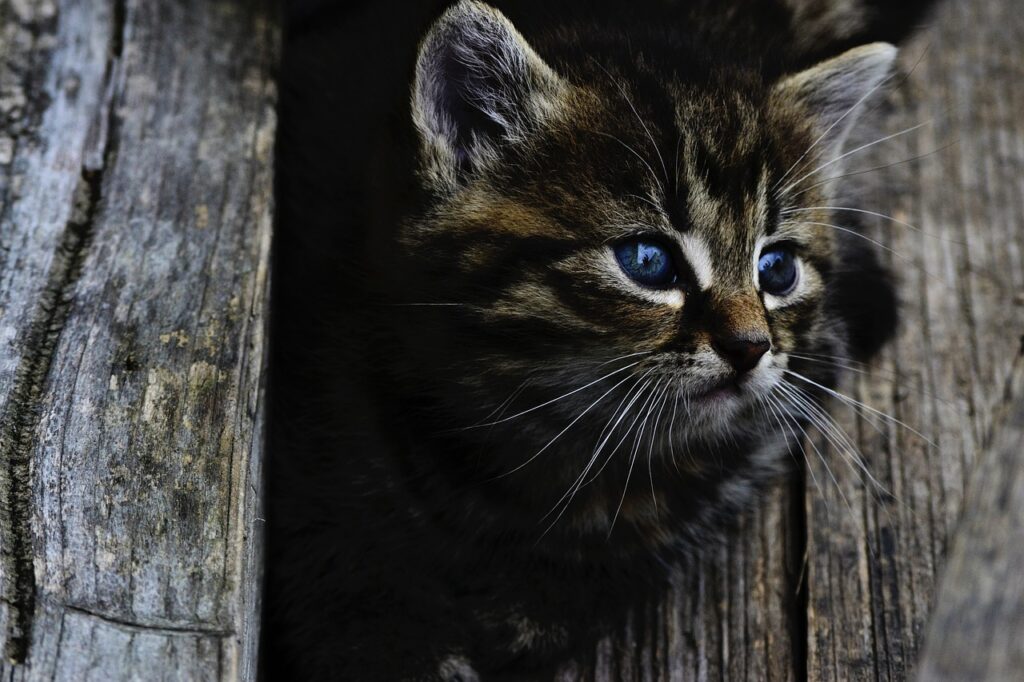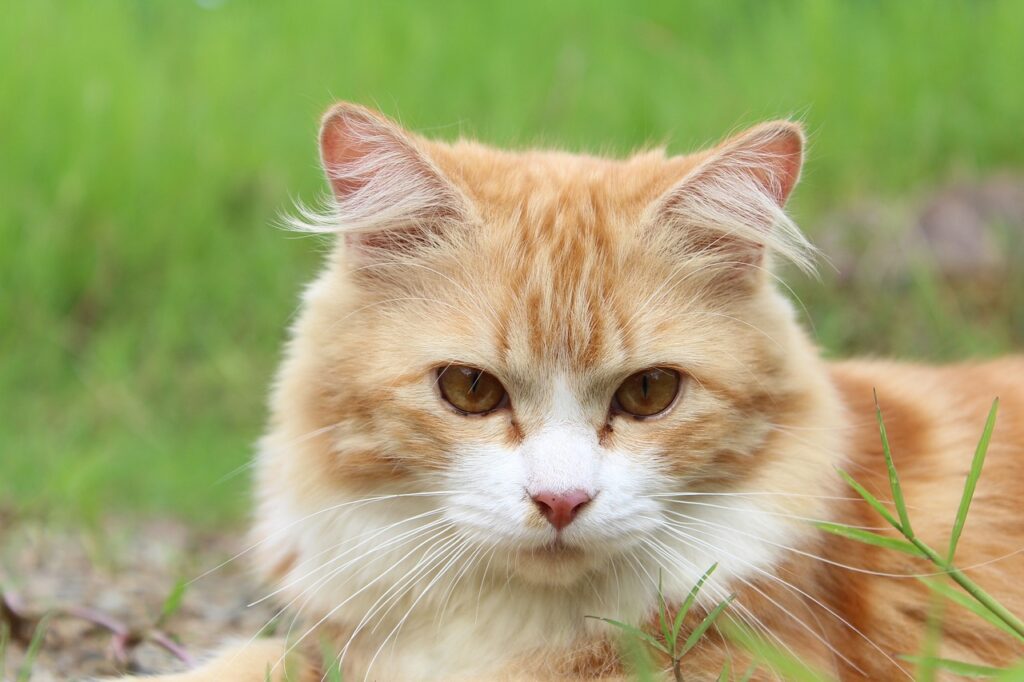Can Cats Eat Catnip? – Yes, They Can
Cats are known for their playful and curious behavior, especially when it comes to catnip. So, the answer to whether feline friends can enjoy catnip is a resounding Yes. Catnip, scientifically known as Nepeta cataria, is a member of the mint family and has a reputation for its unique effect on most cats. It contains a compound called nepetalactone, which can trigger a range of behaviors from relaxed lounging to hyperactivity. While the response to catnip varies from one cat to another, it is generally considered safe for cats to sniff or ingest in small amounts.
Can Kittens Eat Catnip?
When it comes to kittens, the response to catnip might not be as pronounced as it is in adult cats. Kittens under the age of six months may not react to catnip at all. Therefore, the straightforward answer to whether kittens can eat catnip is Yes, but with caution. It’s generally suggested to wait until they’re old enough to appreciate and respond to it. The introduction should be gradual, ensuring that it does not upset their stomach and monitoring their behavior closely.
Things to consider when feeding catnip to kittens?
While catnip is generally safe, there are a few things to note when introducing it to a kitten’s environment. Start with a small pinch of catnip to gauge their response and ensure there are no negative side effects such as digestive upsets. It’s also important to provide catnip in a controlled environment where the kitten feels safe, as the sensation might be new and potentially overwhelming for them.
Nutritional Benefits of Catnip for Cats – Why Catnip is Good for Cats?
Mental Stimulation
Catnip can provide much-needed mental stimulation for indoor cats by encouraging play and exercise, which can help prevent boredom and associated behavioral issues.
Digestive Aid
When ingested in small quantities, catnip can help relieve digestive discomfort and may help with minor digestive issues like gas or indigestion.
Relaxation
In some cats, catnip induces a state of relaxation, which can be beneficial for anxious or stressed cats to unwind and de-stress.
Dental Health
Chewing on catnip can help keep a cat’s teeth clean by helping remove dental plaque and massaging their gums.
Training Aid
Used wisely, catnip can be an effective training aid, encouraging cats to use scratching posts and sleep in their own beds.
Potential Allergies: Can Cats Be Allergic to Catnip?
Allergies to catnip in cats are rare, but not impossible. In the few reported cases, they often arise due to overexposure. Always observe your cat’s behavior and physical condition after exposure to catnip and consult with a vet if you notice any troubling symptoms.
Symptoms of Catnip Allergies in Cats
- Sneezing or Coughing: If your cat starts sneezing or coughing after exposure to catnip, this could be a sign of a mild allergic reaction.
- Itchy Skin: Look out for excessive scratching or skin irritation, which may suggest an allergic reaction to catnip.
- Gastrointestinal Upset: Be attentive to signs of nausea, vomiting, or diarrhea as these can be indicative of allergies or overconsumption.
What to Do If Your Cat Shows Symptoms?
- Discontinue Exposure: If you suspect your cat is allergic, remove catnip from their environment immediately.
- Consult a Vet: Seeking advice from a vet is important to rule out other causes and to obtain treatment recommendations.
- Provide Comfort: Ensure your cat stays hydrated and in a calm, comfortable space to recover.
Recommended Amount: How Much Catnip Can a Cat Consume?
The recommended amount of catnip is a pinch or two for a single session. Catnip should be offered sparingly, not more often than once a week, to prevent habituation and maintain its special allure for your cat.
Things to Consider When Feeding Catnip to Cats
Monitor your cat’s response to determine the appropriate amount and frequency. Each cat is unique, and while some may need only a small amount to feel the effects, others may tolerate more. Avoid giving catnip to pregnant cats, as it may trigger uterine contractions.
How to Feed Catnip to Cats: A Quick Guide
Sharing catnip can be an exciting way to treat your furry friend. When giving your cat catnip, consider the many ways it can be enjoyed: sprinkled over their favorite toy, stuffed in a refillable toy, or mixed with their bedding to encourage relaxation.
Simple Sprinkle
A quick and easy method is to sprinkle a bit of catnip on a flat surface and let your cat roll in, chew, or just sniff the herb. It kicks in quickly and is mess-free!
Toy Tuck-In
Stuffing a small amount of dried catnip inside a toy can invigorate playtime, keeping your cat entertained for hours.
Catnip Sachet
Making a small sachet filled with dried catnip and placing it where your cat rests can help them relax and enjoy some tranquility.
Conclusion
When it comes to feeding catnip to your cats, moderation is key. Both adult cats and kittens can enjoy catnip in different ways, and it can have multiple benefits from relaxation to play stimulation. Always observe your pet’s reaction and consult with your vet if anything seems off. Used responsibly, catnip can be a delightful experience for your feline friend.



